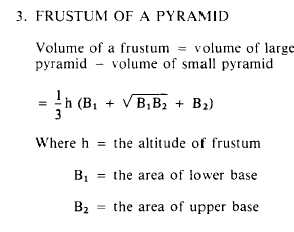TRIGONOMETRY
Our discussion will focus primarily on the
study of plane trigonometry. It is intended only
as a review of the relationships among the sides
and angles of plane triangles and their ratios,
called the TRIGONOMETRIC FUNCTIONS.
The information presented here is based on
Mathematics, Vol. 1, NAVEDTRA 10069-D1,
chapter 19, and Mathematics, Vol. 2-A, NAVED-
TRA 10062, chapters 3, 4, and 6.
Spherical trigonometry will be covered as you
advance in rate. It is a prerequisite to the study
of navigation, geodesy, and astronomy. Hence,
the subject of spherical trigonometry will be
introduced in the Engineering Aid class C1 school
curriculum.
MEASURING ANGLES
When two straight lines intersect, an angle is
formed, You can also generate an angle by
rotating a line having a set direction, Figure 1-19
depicts the generation of an angle. The terminal
line OB is generated from the initial point OA and
forms L AOB, which we will call 6 (Greek letter,
pronounced “theta”). Angle 8 is generally ex-
pressed in degrees. The following paragraphs will
discuss the degree and the radian systems that are
generally used by Engineering Aids.
The DEGREE SYSTEM is the most common
system used in angular measurement. Angular
measurement by REVOLUTION is perhaps the
unit you are most familiar with.
In the degree system, a complete revolution
is divided into 360 equal parts called degrees
(360°). Each degree is divided into 60 minutes
(60´), and each minute into 60 seconds (60”). For
convenience in trigonometric computations, the
360° is divided into four parts of 90° each. The
1-16




